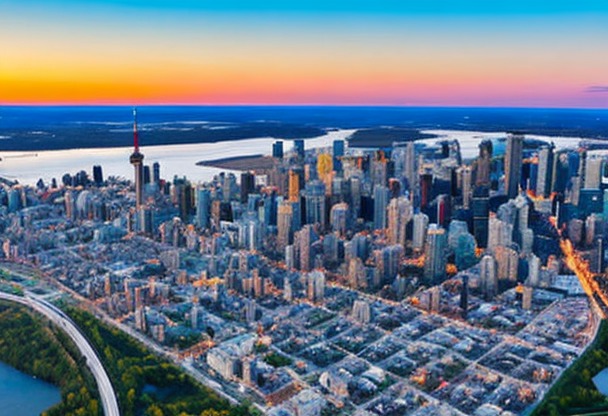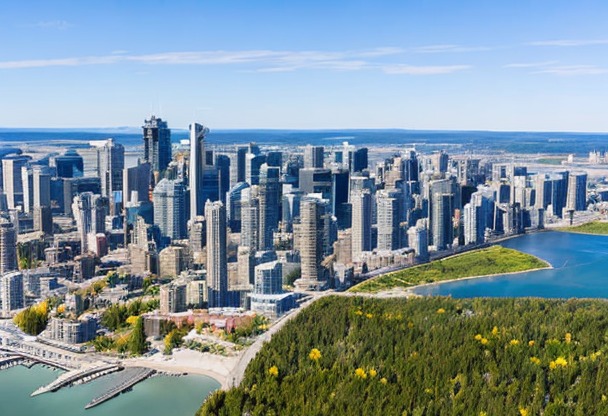WHEN TO TRAVEL TO CANADA
Choosing the right time for your trip to Canada can make all the difference. It's important to consider weather elements, seasonal events and peak tourist periods to maximize your travel experience.

Location
Climate
Low and high tourist season periods
As in many countries, tourism in Canada varies according to season. We generally distinguish two periods: the low season and the high season.Low season (November to April)
The low season generally runs from November to April, when the climate is harsher and temperatures are lower. During this period, some parts of the country may be difficult to access due to weather conditions, particularly mountainous areas and northern provinces. However, the low season also offers a number of advantages:- Fewer tourists, which means fewer visitors to tourist sites and accommodations
- Hotel and flight rates often more affordable
- Winter activities such as skiing, snowmobiling and dog sledding
- Winter festivals, like Carnaval de Québec or Fête des Neiges in Montreal
High season (May to October)
Canada's peak tourist season runs from May to October, when the weather is generally milder and temperatures pleasant. This is the ideal time to take advantage of the country's many attractions:- Visits to national parks and nature walks
- Discover lively cities such as Toronto, Vancouver and Montreal
- Whale watching on the Atlantic and Pacific coasts
- Major festivals and cultural events
Major cultural events
Beyond the tourist seasons, the Canadian calendar is also punctuated by a multitude of cultural and festive events. Here's a selection of the major events not to be missed:Festival International de Jazz de Montréal (late June - early July)
Considered one of the biggest jazz festivals in the world, this annual event brings together international and local artists for a series of free and ticketed concerts in the streets of Montreal.Calgary Stampede (July)
This famous western festival is an opportunity to discover Canadian rodeo traditions, with equestrian competitions, parades and shows on the program.Toronto Fashion Week (dates vary)
Each year, Toronto Fashion Week showcases Canadian and international designers in runway shows, exhibitions and special events.Toronto International Film Festival (September)
One of the world's most prestigious film events, TIFF attracts filmmakers, actors and industry professionals each year for a varied, high-quality selection of films.Public holidays
Last but not least, it is important to take into account public holidays when planning a trip to Canada. Indeed, these vacations can have an impact on transport, shops and public services. Here are the main national holidays:- New Year's Day (January 1)
- Good Friday (date varies, usually in March or April)
- Canada Day (July 1)
- Labour Day (first Monday in September)
- Remembrance Day (November 11)
- Christmas (December 25)
- Boxing Day (December 26)
Insurance
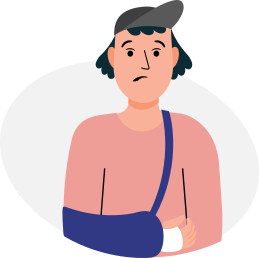
Your credit card does not cover you in all situations, that is whyIt is essential to take out insurance before you leave to avoid any unpleasant surprises. If you need to see a doctor or be hospitalized, in some countries, medical costs are very high and you will then find yourself having to pay several thousand euros.
Our partner Chapka Insurance proposes the contract CAP ASSISTANCE 24/24 with many essential guarantees.
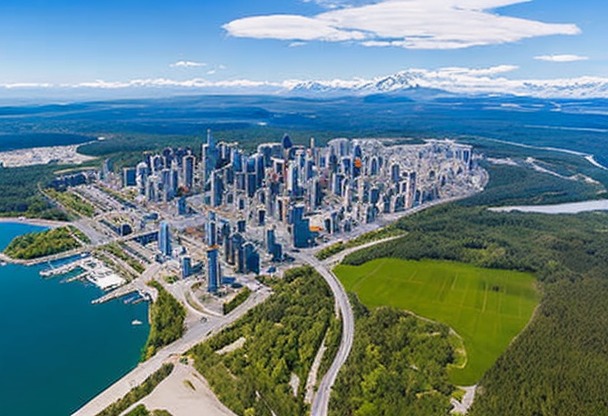
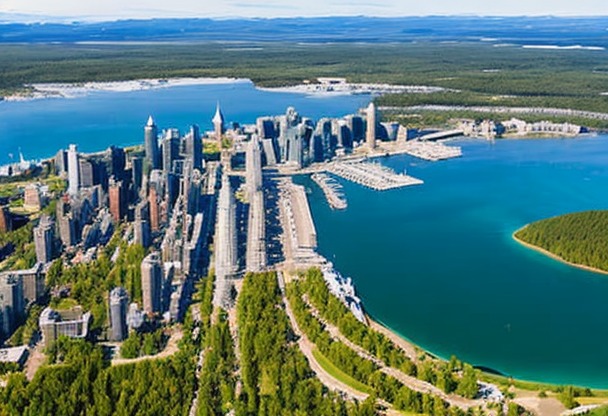
Flights
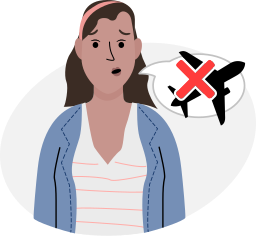
Your flight has been cancelled or delayed ?
You may be eligible for a compensation of up to €600 ! For this, lawyers are responsible for handling your claim with the airline and are only paid when the reimbursement is effective.
In conclusion, no financial risk for you, only advantages!
General statistics on immigration to Canada
Canada is a country that attracts many immigrants every year. In 2019, the number ofpermanent immigrants totaled around 341,000 people, an increase of 4.6% on 2018. Of these new arrivals, the vast majority are skilled workers (58%), followed by refugees (16%) and family reunions (12%).Immigrant origin
The main countries of origin of immigrants to Canada vary from year to year. However, Asian countries regularly top the list, notably the Philippines, India, China and Pakistan.- Philippines : 20% immigrants
- India: 18%
- China : 14%
- Pakistan : 5%
Home provinces
Immigrants to Canada are mainly concentrated in the most populous provinces, such as Ontario, Quebec, British Columbia and Alberta.- Ontario : 39% immigrants
- Quebec : 21%
- British Columbia : 17%
- Alberta : 16%
Canada's most popular visas
Canada offers different types of visa to meet the specific needs of prospective immigrants. Here are the main visa categories and their popularity in terms of applications.Study visas
Canada is a preferred destination for international students, with more and more choosing this country for their higher education every year. In 2019, nearly 405,000 study permits were issued by the Canadian authorities, an increase of 13% over 2018.Temporary work visas
Around 185,000 temporary work visas were issued in 2019, down slightly on the previous year. These visas are mainly for skilled workers, young people wishing to gain work experience in Canada, or seasonal workers in the agriculture and tourism sectors.Visas for family reunification
Canada attaches great importance to family reunification and offers specific visas to enable its residents to be reunited with their loved ones. In 2019, almost 90,000 people were granted visas for family reunification.International tourism figures in Canada
In addition to permanent and temporary immigrants, Canada also attracts a large number of visitors every year. Here are some key figures for international tourism in Canada.Total number of tourists
In 2019, Canada welcomed nearly 22 million international tourists, an increase of 1.4% over the previous year.Tourists' countries of origin
The majority of tourists visiting Canada come from the United States (68%). Other countries account for very few tourists:- United Kingdom : 5%
- France : 4%
- Germany : 3%
Most visited provinces
Unsurprisingly, the most popular provinces for tourism are those offering a combination of strong natural and cultural attractions. Here's a breakdown of international tourism by province:- Ontario : 45%
- Quebec : 26%
- British Columbia : 22%
- Alberta : 7%
